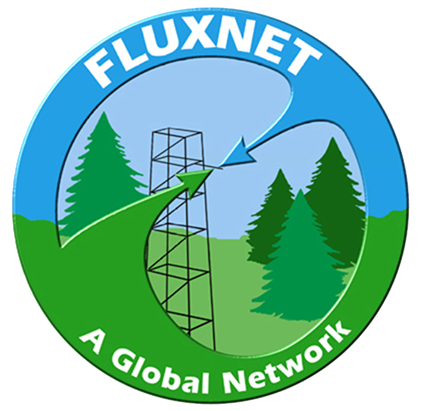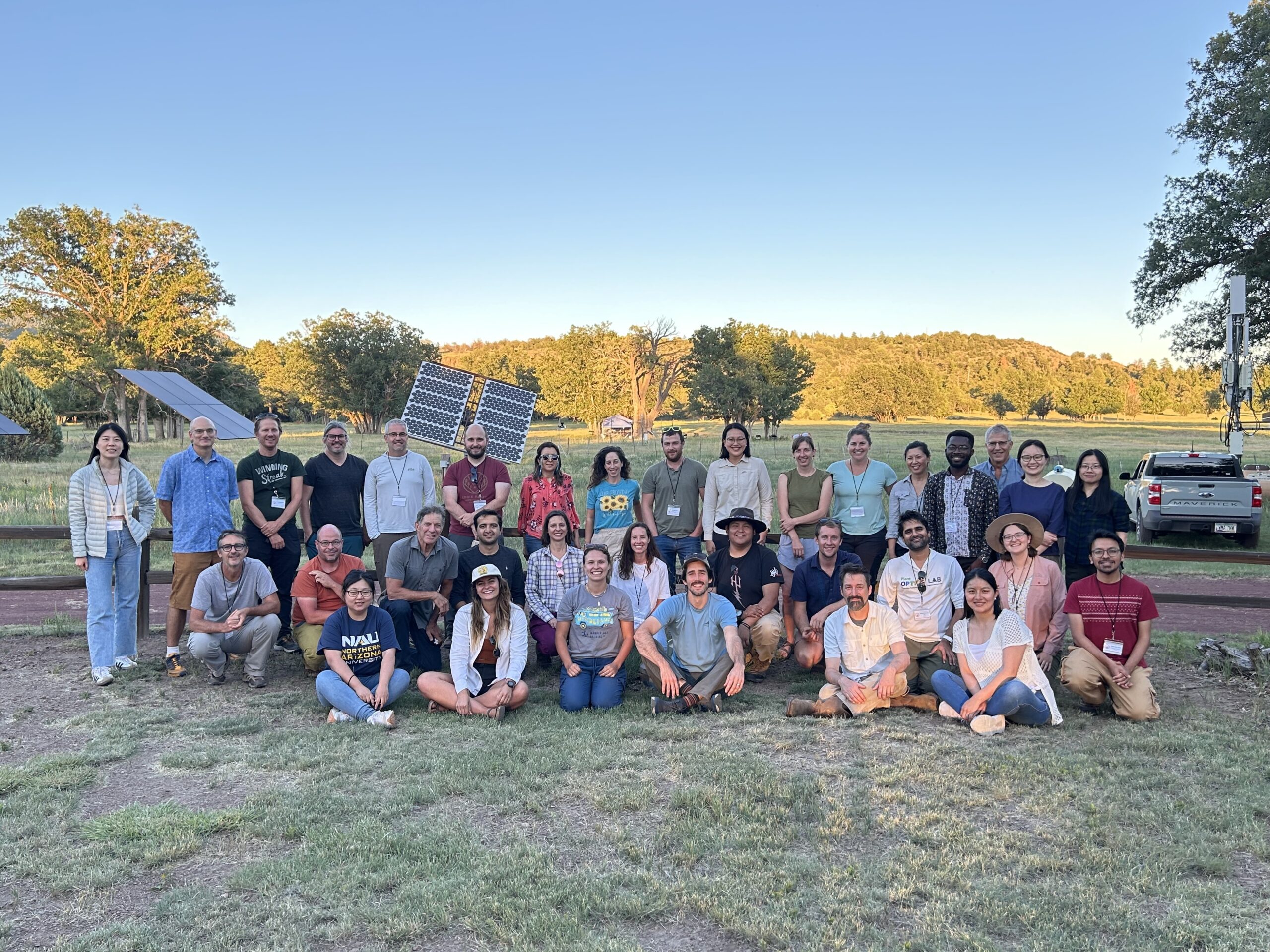
From August 13th to 16th, 2024, 40 scientists from over 10 countries (most pictured above) gathered at Northern Arizona University’s Historic Hat Ranch to discuss advancing the application and standardization of near-surface Thermal Infrared (TIR) remote sensing in ecological research. The workshop included participants from various career stages, with half identifying as early-career researchers, fostering a diverse and collaborative environment.
Workshop Objectives
This workshop emerged from a growing recognition of the critical role that TIR remote sensing plays in understanding ecosystem dynamics. However, its broader adoption has been hindered by challenges related to accuracy, reliability, and the lack of standardized practices and protocols. This workshop aimed to address these issues to make near-surface TIR remote sensing more accessible to the research community. The workshop had two primary goals:
1. Enhance Cross-Disciplinary Collaboration: We sought to foster collaboration between folks in thermal imaging, ecosystem science, eddy covariance flux tower science, and remote sensing. By sharing knowledge and exploring synergies, we aimed to overcome the challenges in near-surface TIR and unlock its potential in ecological research.
2. Promote Standardization and Accessibility: A key focus was on establishing standardized protocols for the installation, calibration and processing of thermal camera data. By promoting these standards, we hoped to lay the groundwork for a global network of thermal cameras, ultimately making this data more accessible and usable for researchers worldwide.
Workshop Activities
The workshop featured a comprehensive agenda that balanced hands-on activities, discussions, and knowledge sharing.
Day 1: Introduction and Lab Testing
The workshop officially kicked off with opening remarks and a series of lightning talks, where participants introduced themselves and their research. The morning sessions included plenary talks on thermal imaging and post-processing, followed by hands-on demonstrations where participants worked with common datasets. The afternoon was dedicated to lab testing, where we evaluated various thermal cameras, brought by participants, on standardized targets to test their performance in a controlled setting. The day concluded with a poster session, allowing attendees to present their research and engage in discussions.

Day 2: Field Testing and Group Discussions
The second day focused on field testing, where thermal cameras were set up to measure vegetation temperatures continuously over a 24-hour period. This exercise allowed us to gather extensive, comparable data across various environmental conditions, providing a robust foundation for analyzing camera performance and developing best practices. In the afternoon, we convened for group discussions to share preliminary results and strategize on sustaining momentum within the thermal-flux community. The day concluded with guest talks from leading experts, offering valuable insights into the latest advancements in TIR remote sensing.
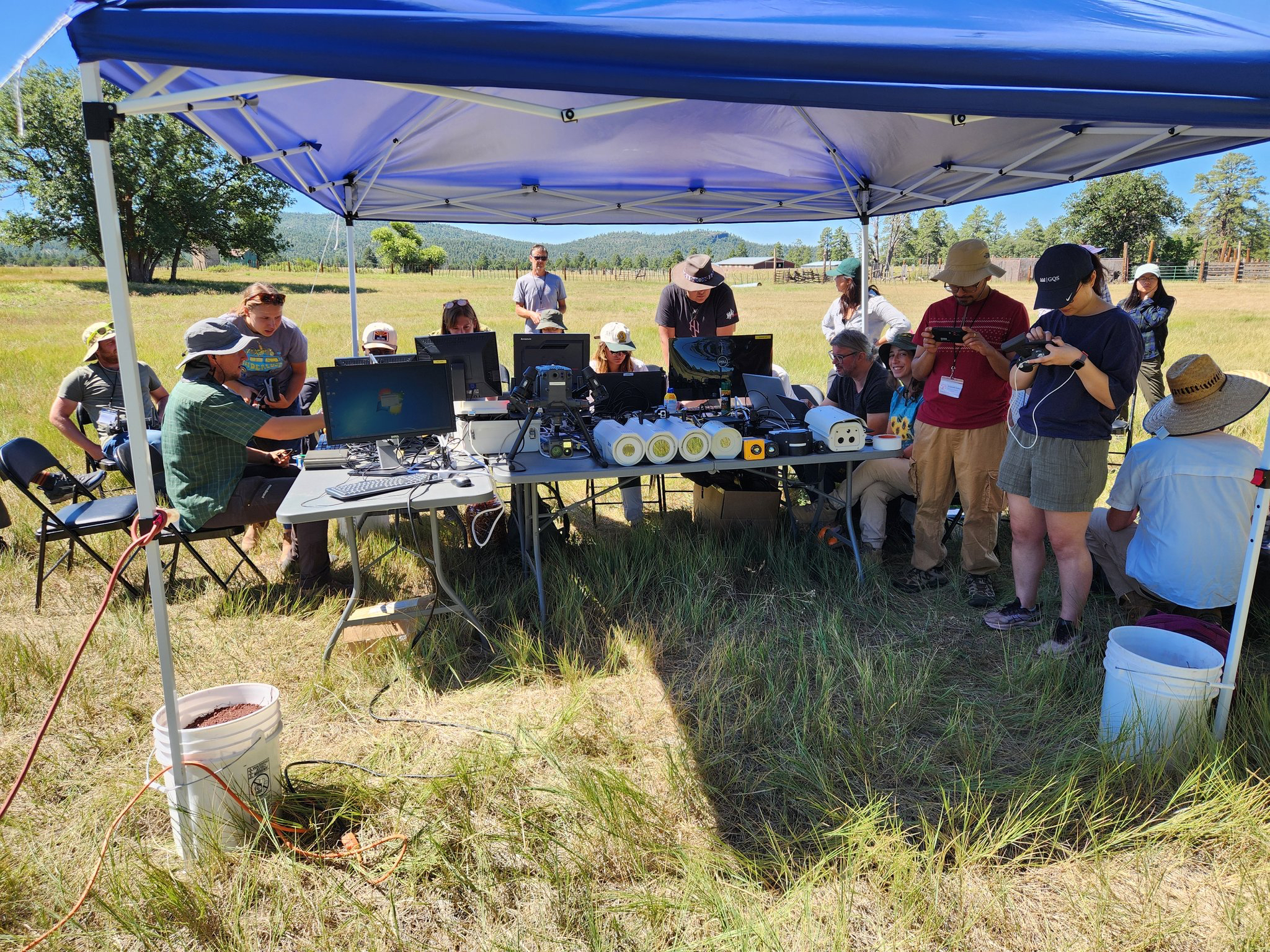
Day 3: Breakout Sessions and Wrap-Up
The final day featured breakout sessions where participants focused on specific components of the best-practices outcome paper in smaller groups. These discussions were crucial in identifying the next steps for advancing near-surface TIR research and effectively integrating it into the broader FLUXNET community.
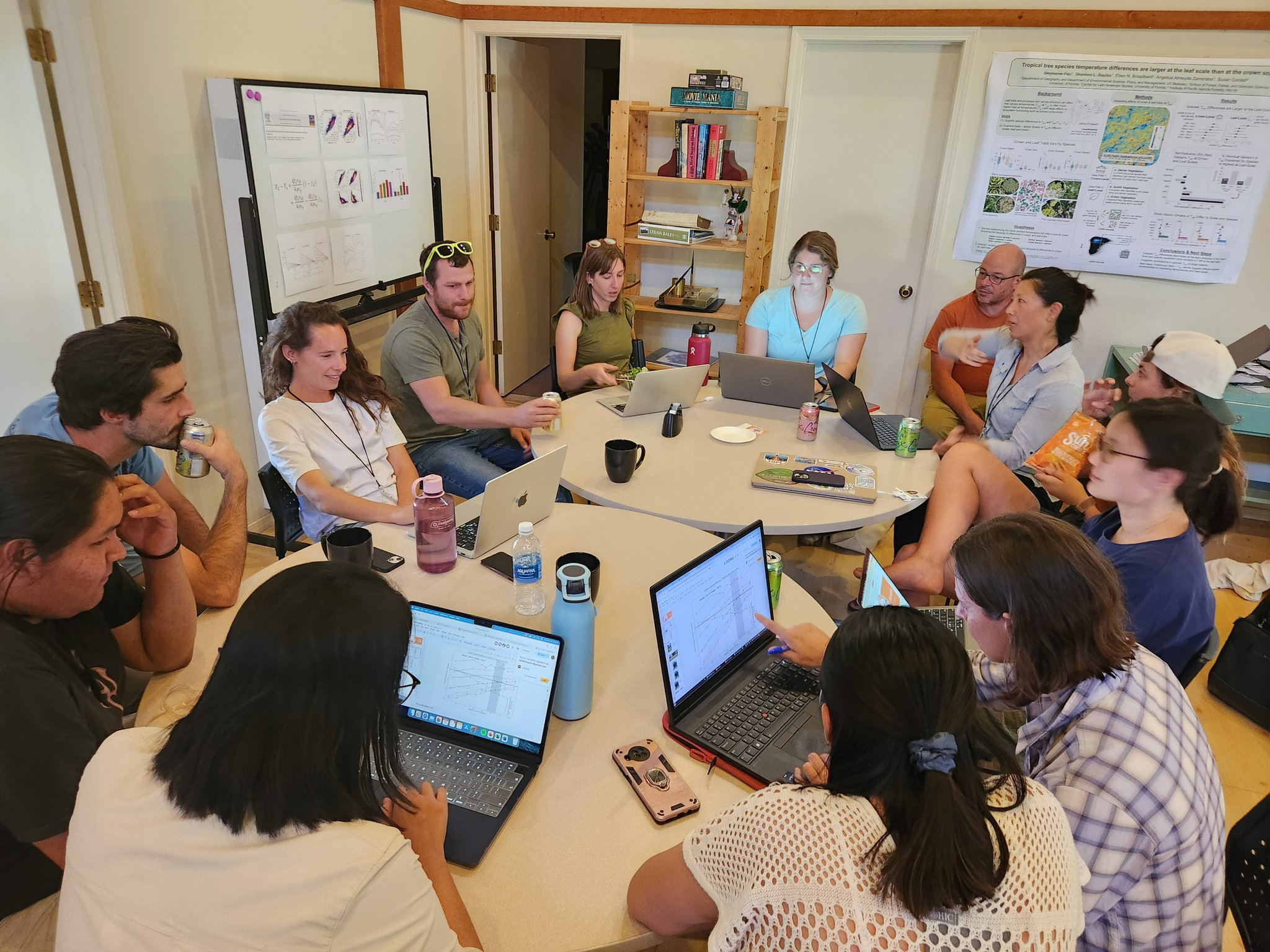
Outcomes and Next Steps
The workshop successfully achieved its goals of fostering collaboration and promoting standardization in TIR remote sensing. Key outcomes include:
• Strengthened Thermal Community: The workshop facilitated meaningful connections between early-career and senior scientists, establishing a network of collaborators committed to advancing TIR research. We also encouraged active participation in the FLUXNET Thermal Imaging Working Group to foster continued engagement and collaboration.
• Standardized Protocols: Participants are collectively developing a best practices paper for thermal camera calibration, data processing, and field setup. This effort aims to enhance the accessibility and reliability of thermal cameras for the broader flux and modeling communities.
• Upcoming Presentation:
o A synthesis of the workshop will be presented at the AmeriFlux Annual Meeting on September 5th, 2024.
o A session focused on “Near-Surface Imaging Technologies” was proposed to American Geophysical Union 2024 Fall Meeting, and several workshop participants will present recent advances in TIR.
Conclusion
The workshop at Hat Ranch marked a pivotal moment in the advancement of near-surface TIR remote sensing for ecosystem studies. The collaboration, knowledge sharing, and standards established during this event will serve as a strong foundation for future ecological research incorporating near-surface TIR data.
All talks from the workshop are publicly available, along with discussion notes, code, and data from the hands-on activities, which can be accessed here. For more information on how to get involved, please contact Jen Diehl at [email protected].
Sponsorship
We thank the FLUXNET Co-op (with funds from the NSF AccelNet program), the AmeriFlux Year of Remote Sensing, Northern Arizona University’s T3 Option in Ecological and Environmental Informatics, College of the Environment, Forestry, and Natural Sciences, Department of Astronomy and Planetary Science, the School of Informatics, Computing, and Cyber Systems, the Center for Ecosystem Science and Society, Campbell Scientific, and the Richardson Lab for financially supporting this workshop.
Workshop participants
Leadership Team: Jen Diehl, Ben Wiebe, and Mostafa Javadian
Advisory Committee: Andrew Richardson, Christopher Still, Mallory Barnes, Stephanie Pau, Shannon Bayliss, Sophie Fauset
Attendees: Adrian Rocha, Atefeh Hosseini, Chris Doughty, Chris Kibler, Daphna Uni, David Trilling, Enrico Tomelleri, Eyal Rotenberg, Franklin Sullivan, George Koch, Jack Hastings, Jason Kelley, Jennifer Adams, John Lenters, Kai Begay, Li Ming Tan, Lindsey Bell, Mark Irvine, Milagros Rodriguez-Caton, Mukund Palat Rao, Rae DeVan, Rui Cheng, Sandra Torres, Sreenath Paleri, Wen Zhang, William Hagan Brown, Xian Wang, Yujie Liu, Zoe Pierrat
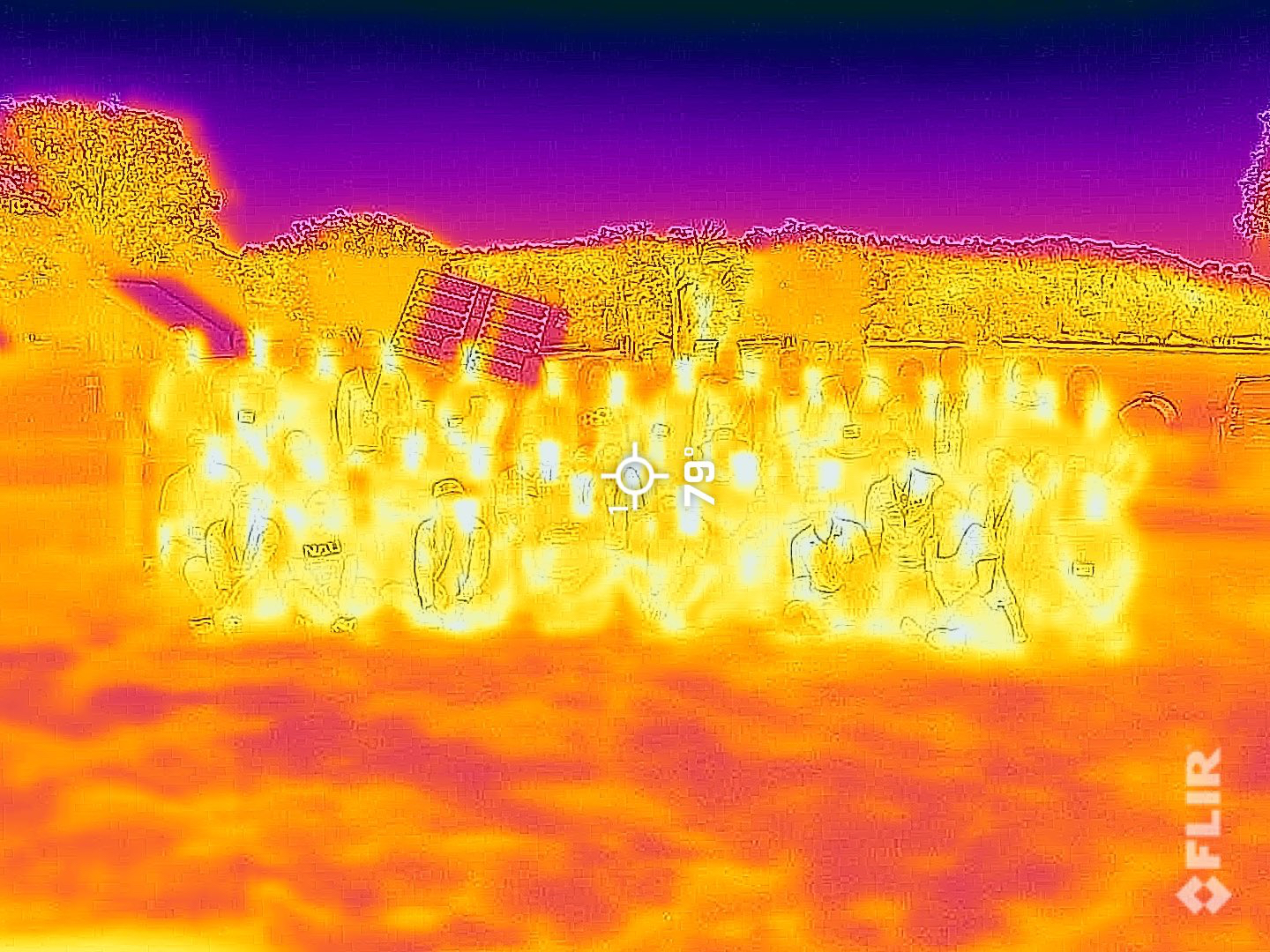
Same image of workshop participants as first image captured in thermal infrared, highlighting the temperature differences among the group and environment.
